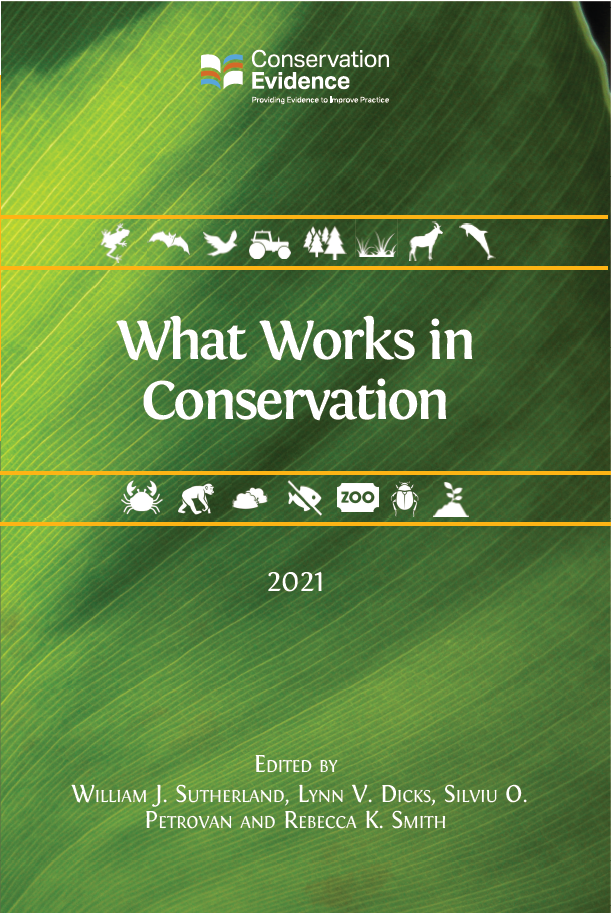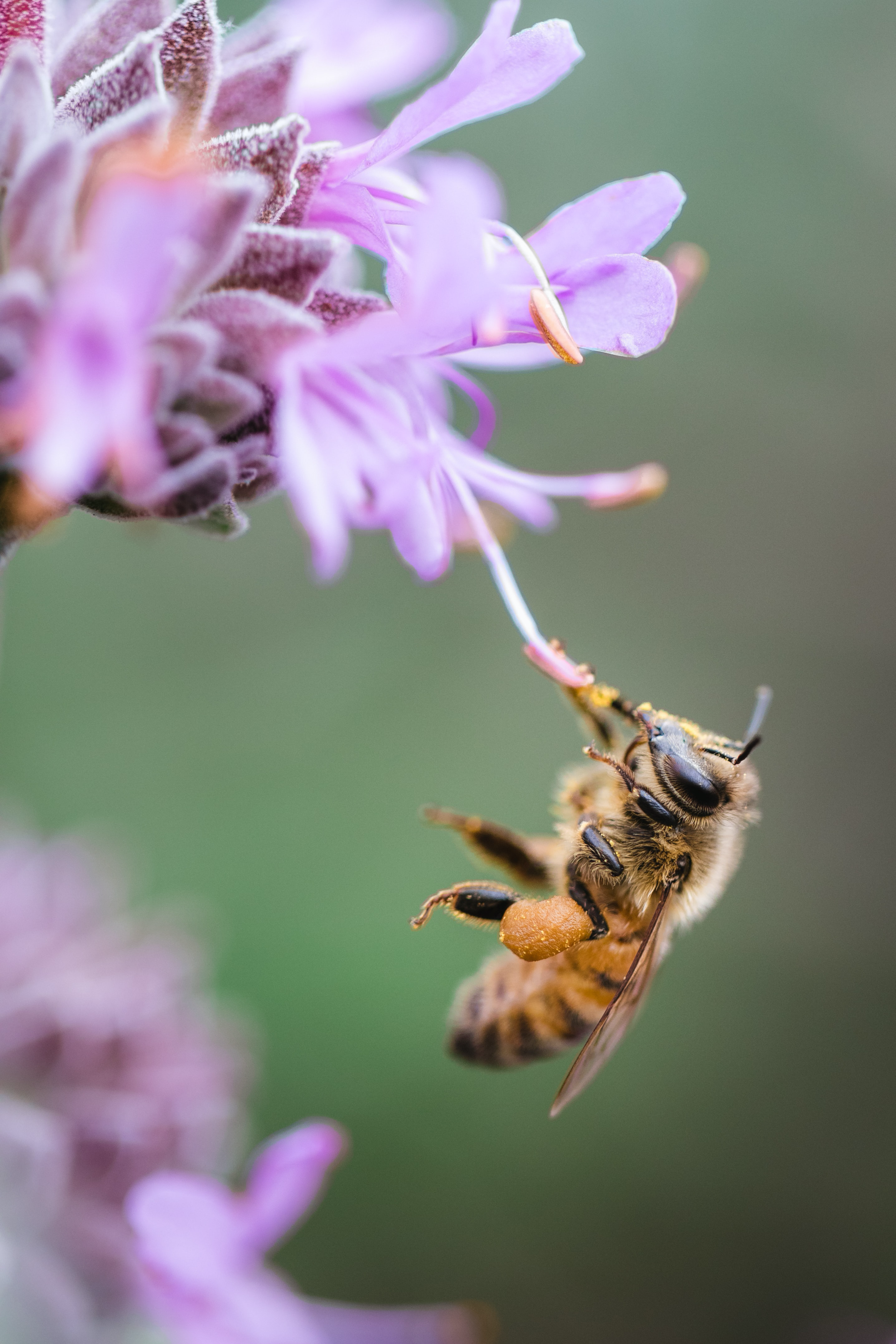Manipulating the N release from N-rich crop residues by using organic wastes on soils with different textures
-
Published source details
Chaves B., De Neve S., Piulats L.M., Boeckx P., Van Cleemput O. & Hofman G. (2007) Manipulating the N release from N-rich crop residues by using organic wastes on soils with different textures. Soil Use and Management, 23, 212-219.
Published source details Chaves B., De Neve S., Piulats L.M., Boeckx P., Van Cleemput O. & Hofman G. (2007) Manipulating the N release from N-rich crop residues by using organic wastes on soils with different textures. Soil Use and Management, 23, 212-219.
Actions
This study is summarised as evidence for the following.
| Action | Category | |
|---|---|---|
|
Amend the soil with fresh plant material or crop remains Action Link |
|
-
Amend the soil with fresh plant material or crop remains
A randomized, replicated experiment in 2003-2005 on silt loam, sandy loam and loamy sand in Flanders, Belgium (Chaves et al. 2007) found greater microbial biomass (measured by nitrogen quantities) under treatment with crop remains plus straw incorporation, with the largest increase in sandy loam (123 kg N/ha) then loamy sand (86 kg N/ha) and silt loam (98 kg N/ha), compared to a treatment using crop remains only (37, 34, 63 kg N/ha, respectively). Straw immobilized 96% of nitrogen released from crop remains in loamy sand, 76% in sandy loam, and 65-80% in silt loam. Crop remains plus green waste compost and sawdust did not affect microbial biomass or nitrogen immobilization. There were three replicates of 5.5 x 1.5 m treatment plots. Crop remains of cauliflower Brassica oleracea or leek Allium porrum were initially incorporated into plots along with a green waste compost on the loamy sand and silt loam. Sawdust was applied to the silt loam. After one year, crop remains plus cereal straw were incorporated into the soil instead, followed by barley malting sludge on the loamy sand and vinasses (residue from distillation of sugar) on the sandy loam. Soils were sampled regularly throughout the experiment to 90 cm depth.
Output references
|
|





)_2023.JPG)














